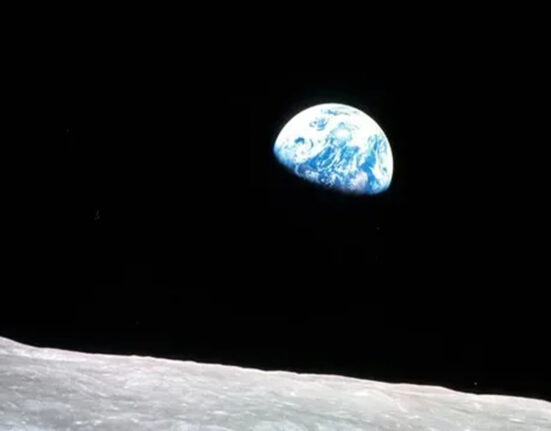Australia is home to some of the most stunning pink lakes in the world, with Lake Hillier standing out as one of the most famous. This bubblegum-pink wonder has captivated visitors with its vibrant hues and mysterious origins. But what exactly makes these lakes turn such a striking shade of pink?
The Pink Phenomenon
The secret behind Australia’s pink lakes lies in the presence of unique bacteria and microalgae that thrive in these saline waters. These bodies of water are around 10 times saltier than the ocean, creating an ideal environment for algae and bacteria to produce beta-carotene, a red-orange pigment. This pigment is not only responsible for giving the lakes their rosy color but is also found in everyday items like carrots, crayfish, and even flamingos.
Ancient Origins
These pink lakes are more than just colorful attractions; they are remnants of ancient rivers that once meandered across the Australian landscape over 15 million years ago. As these rivers dried up, pockets of water were left behind and gradually evaporated, leaving behind highly concentrated salt deposits. Over time, salt-loving microorganisms such as Dunaliella salina and Salinibacter ruber colonized these waters, turning them into thriving ecosystems teeming with life.
Delicate Balance
While these pink lakes may seem resilient, they are actually quite fragile ecosystems that can be easily disrupted by changes in their environment. For instance, heavy rainfall can dilute the salt content of the lakes, causing a shift in microbial populations. This disruption was seen at Lake Hillier when extreme rainfall altered its salinity levels and turned it from pink to blue-gray.
Environmental Impact
Human activities have also played a significant role in altering the delicate balance of these pink lakes. Pink Lake near Esperance underwent a dramatic transformation from pink to blue-gray due to extensive salt mining operations in the area. The extraction of salt for various purposes depleted the lake’s natural salts, leading to a drastic change in its ecosystem.
Road to Recovery
Despite facing challenges from climate change and human interference, there is hope for these unique ecosystems. Experts believe that with proper management and conservation efforts, pink lakes like Lake Hillier could regain their iconic pink hue within the next decade. Proposals to artificially restore salt levels in Pink Lake offer a glimmer of hope for its revival as well.
Biodiversity Hotspots
Pink lakes serve as vital habitats for diverse wildlife such as nomadic birds and brine shrimp along with supporting unique ecosystems like no other place on Earth. They provide valuable insights into extremophiles—organisms capable of surviving harsh conditions—and offer scientists clues about potential life on other planets like Mars.
In conclusion, Australia’s pink lakes are not just visually stunning marvels but also important ecological sites rich in biodiversity and scientific value. As we continue to study and protect these fragile wonders, we unlock secrets about our planet’s past while pondering possibilities for life beyond our world.









Leave feedback about this